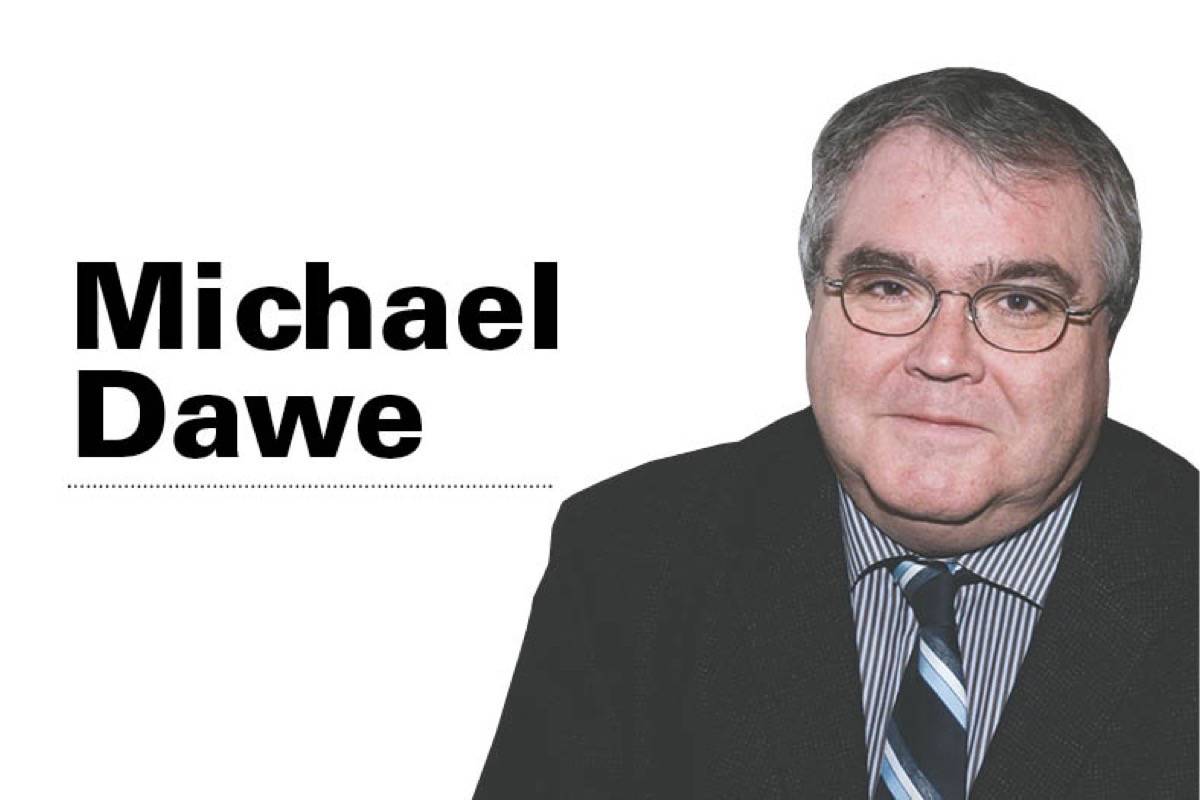The year of 1967 had been a very good year for Red Deer. The community had been caught up in the excitement of the celebration of the 100th anniversary of Confederation.
People felt that there was a lot to celebrate. The modest little country of 1867 with only four provinces had blossomed into a transcontinental nation, stretching geographically to three oceans and now consisting of 10 provinces and two territories.
Meanwhile, Red Deer had been transformed from a remote frontier community in the latter part of the 19th century to a prosperous city in the heart of one of North America’s leading agriculture and energy industry heartlands. There was boundless optimism about the tremendous future that lay ahead for Red Deer and Central Alberta in the coming decades.
There had been a number of highlights to the Centennial year in Red Deer. In March 1967, a ‘home-town boy’, Roland Michener, was appointed as Canada’s 20th Governor General.
That was followed by the exciting news that the new Governor General would be making an official vice-regal trip to Red Deer and Lacombe at the beginning of November.
In keeping with the importance of Governor General Michener’s official visit, arrangements were made to have him officially open two major public projects in Red Deer.
One of those important public facilities was the new campus for the Red Deer College on the southwestern corner of the City.
Unfortunately, the main building was not complete when Michener arrived in Red Deer. In particular, the heating system in the main building was not hooked up yet. Hence, the gathered dignitaries were quite cold and the speeches were kept brief.
The official opening on the next day of the Public Library, Red Deer’s official centennial project, went much better. Large numbers of school children, along with many members of the general public, gathered on the north side of the building to watch the ceremonies and listen to the speeches.
Afterwards, great throngs of people took part in the tours of the new facility.
The Library and new campus for Red Deer College were not the only major public projects constructed or commenced in 1967.
The Red Deer Catholic School Board built Camille J. Lerouge College across the street from the Lindsay Thurber Composite and the Red Deer Vocational high schools.
The Public School Board also announced the construction of a new junior high school in West Park, south of the new College campus.
After a very long delay, the provincial government announced the construction of a major addition to the Red Deer General Hospital. The following year, a third floor was added to the facility.
Over all, the 1960s had been very good to Red Deer.
On Feb. 1st, 1966, Red Deer was officially declared the fourth largest city in Alberta, as the population edged past Medicine Hat’s.
However, there were a number of signs that the great boom of the 1950s and much of the 1960s was finally coming to an end.
Even with all the construction of new public facilities, the amount of development permits issued by the City dropped. New residential construction in particular slumped.
The local Carling brewery closed.
Polymer Corporation which previously had announced plans to build a multi-million dollar synthetic rubber plant northeast of the City, sold off the proposed site.
Plans for a $4 million hotel and shopping centre complex in the downtown area were also scrubbed.
One of the biggest blows to the local economy came when the federal government decided not to have jet training at the Penhold Air Base.
Instead, a steady downsizing of this military facility commenced until the base was reduced to a fraction of its former size.
By the end of the decade, with the agricultural and energy sectors in the economic doldrums, Red Deer and Central Alberta entered a full-fledged recession.
In 1970, for the first time since the end of the First World War, the population of the City actually dropped.
While the ‘Soaring Sixties’ ended with a disquieting thud, people began to wonder if the predicted ‘Sizzling Seventies’ would ever come to pass.



